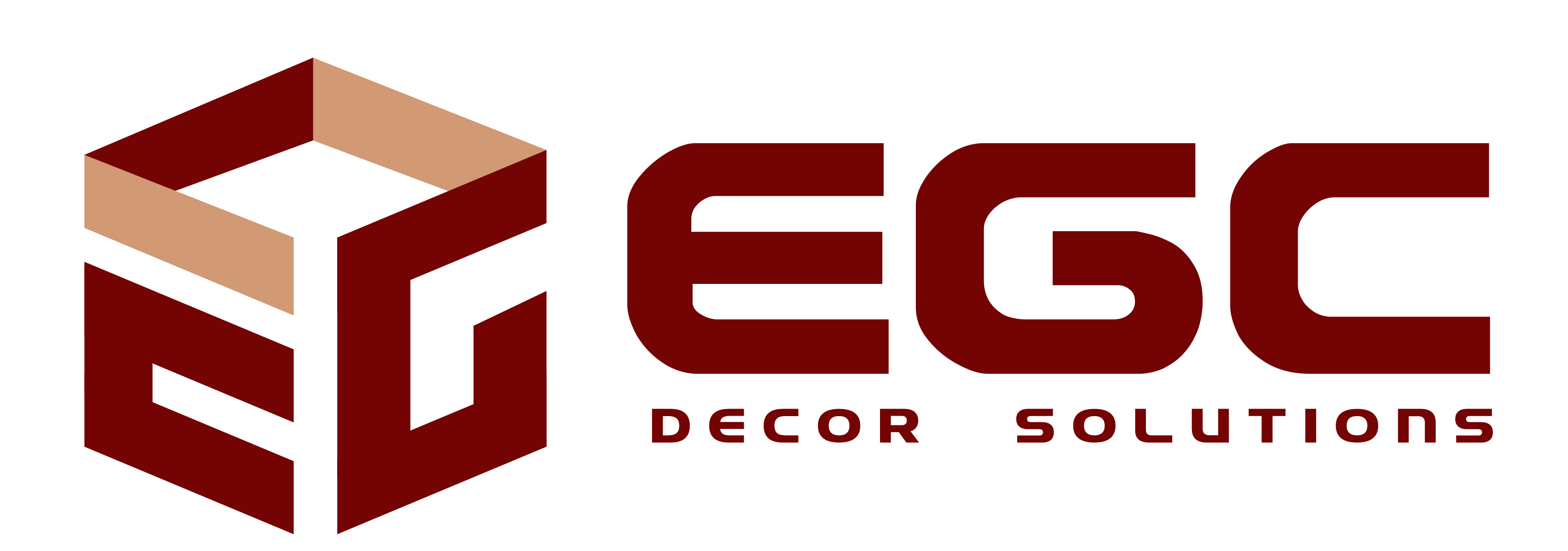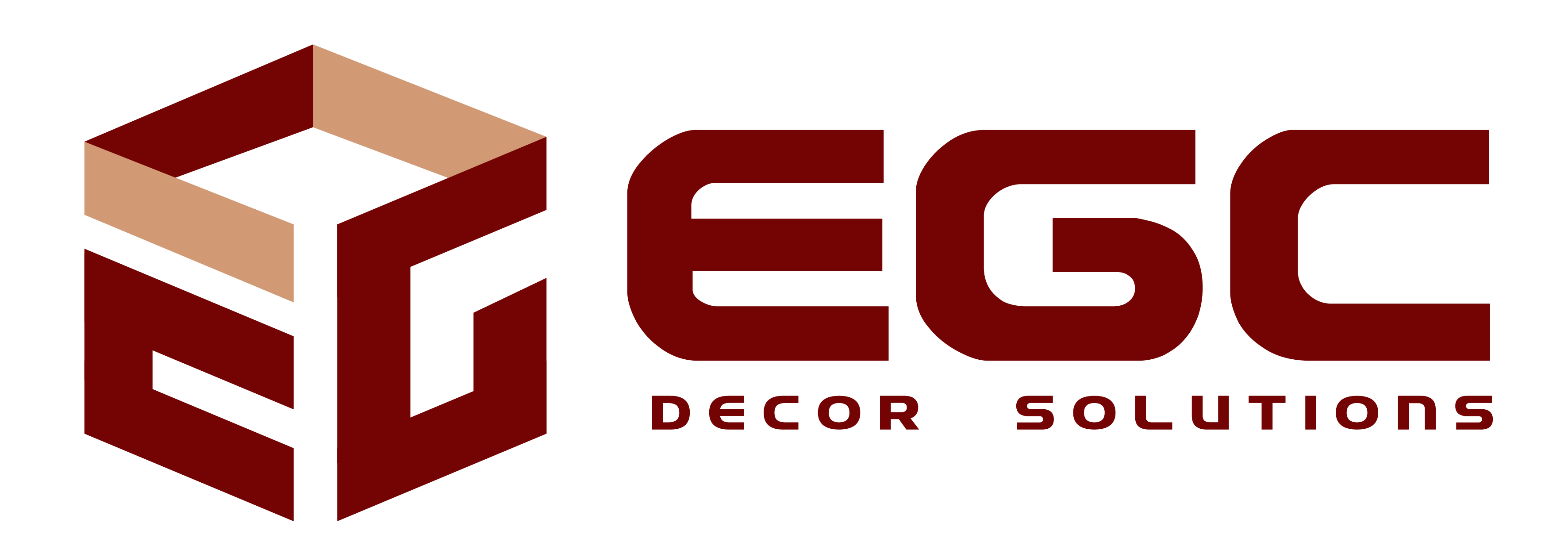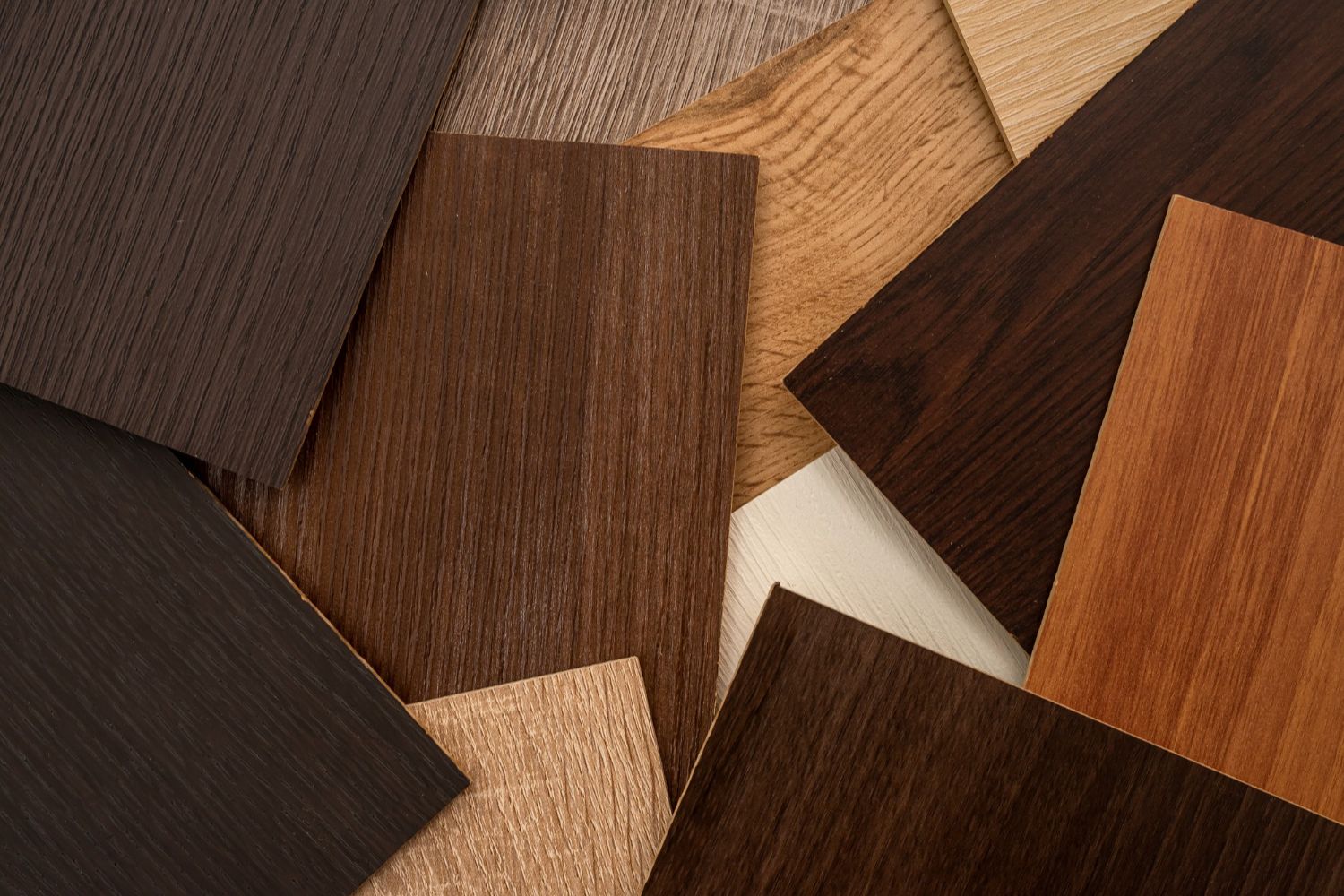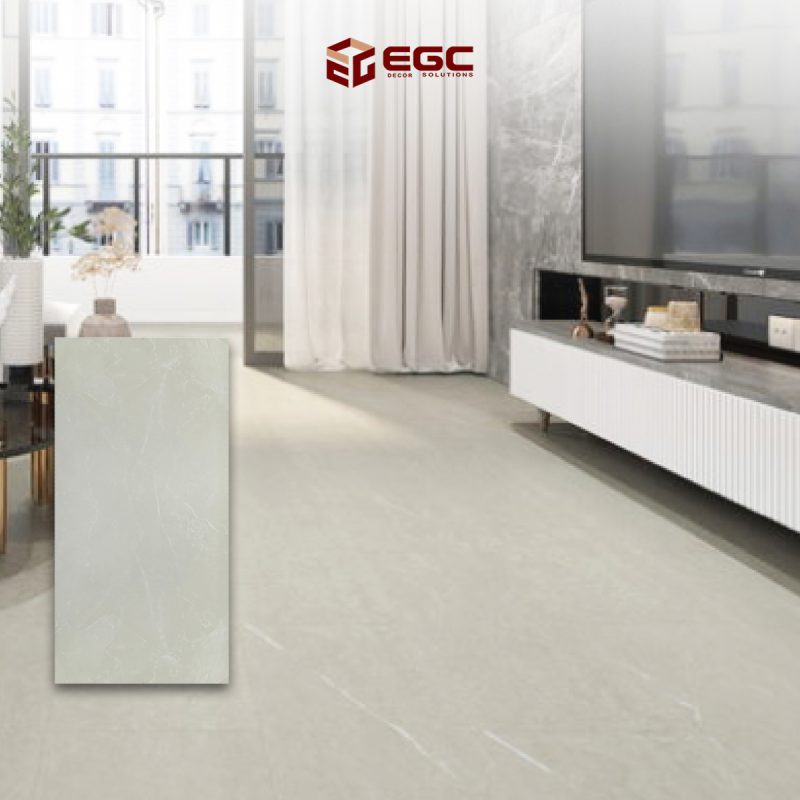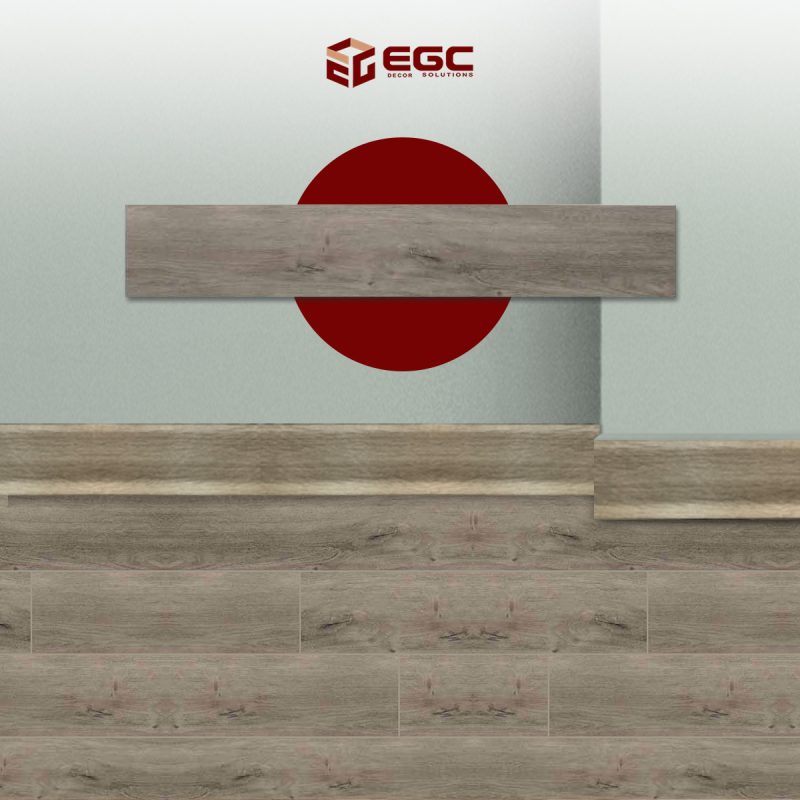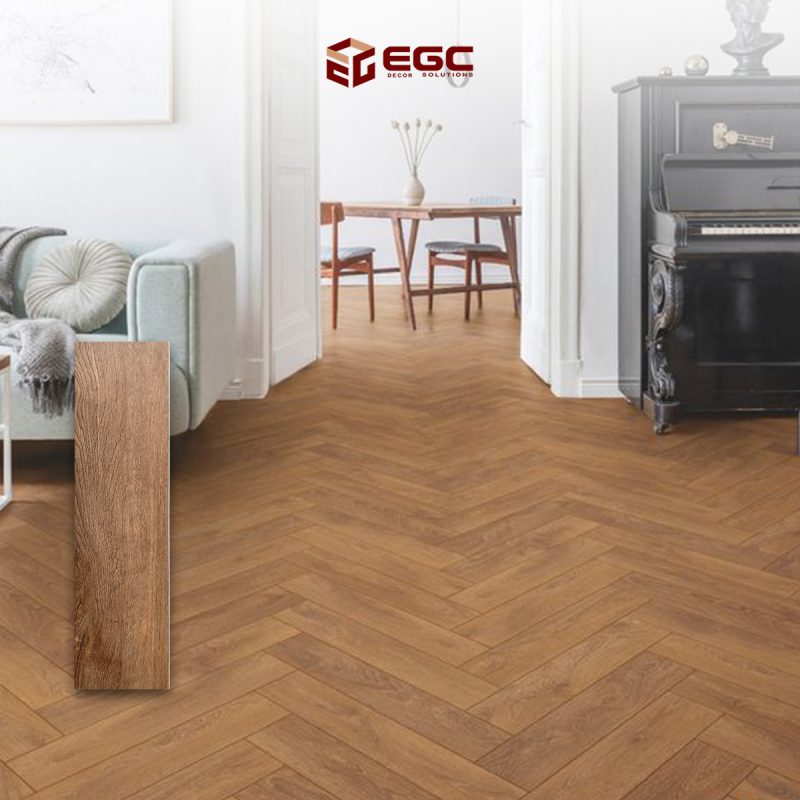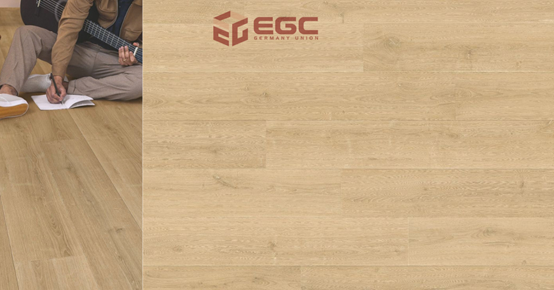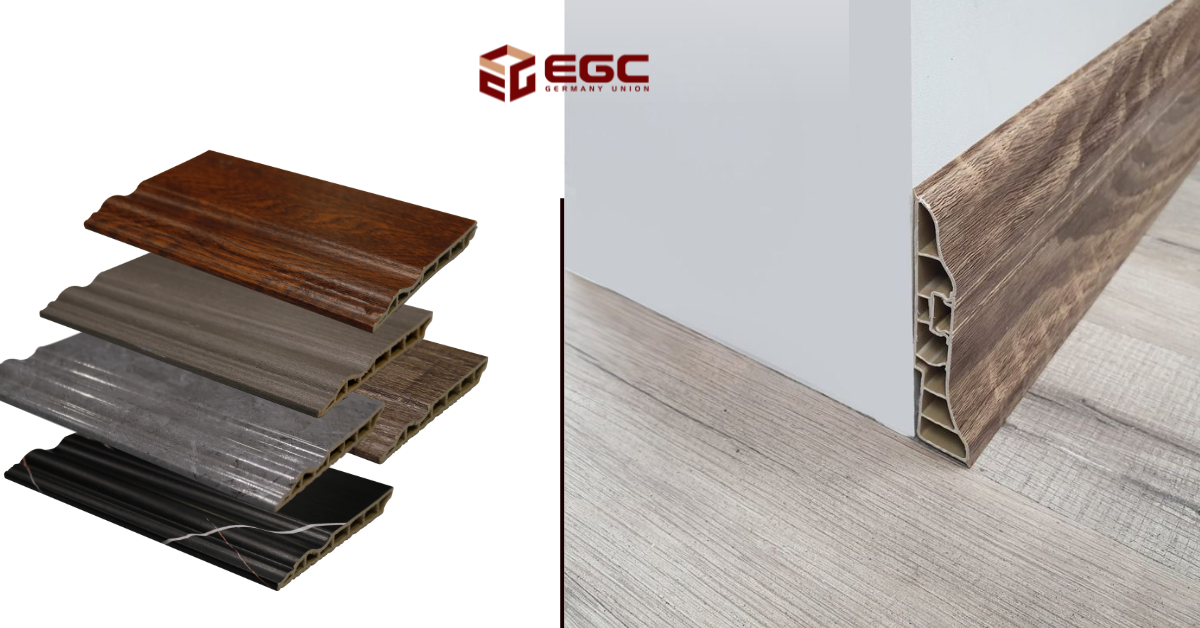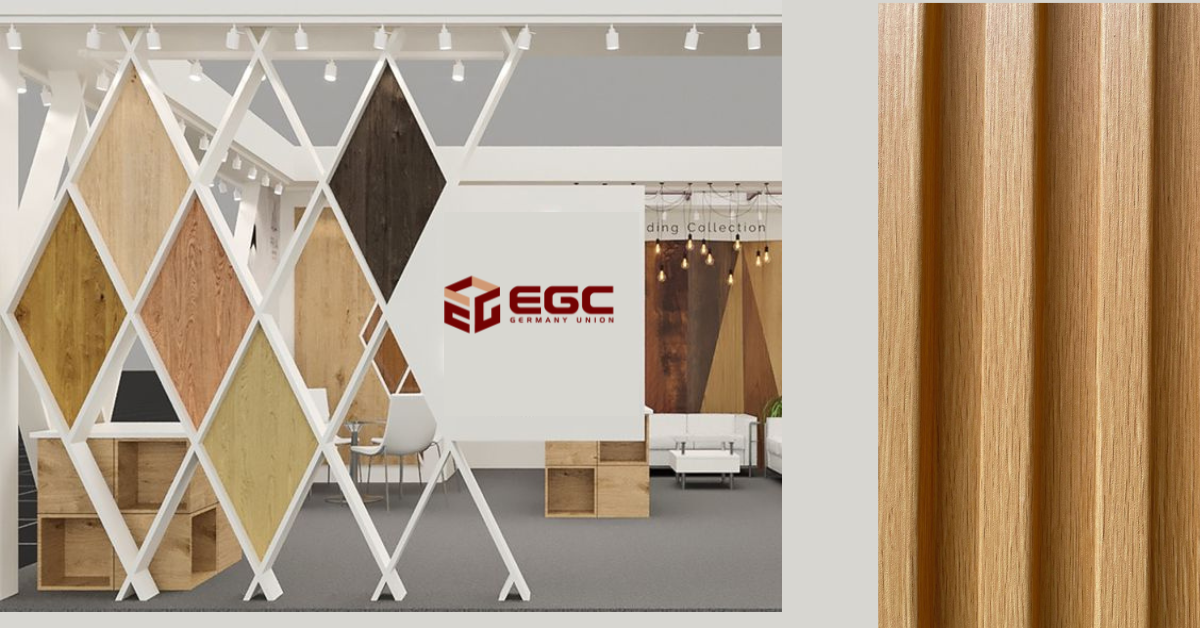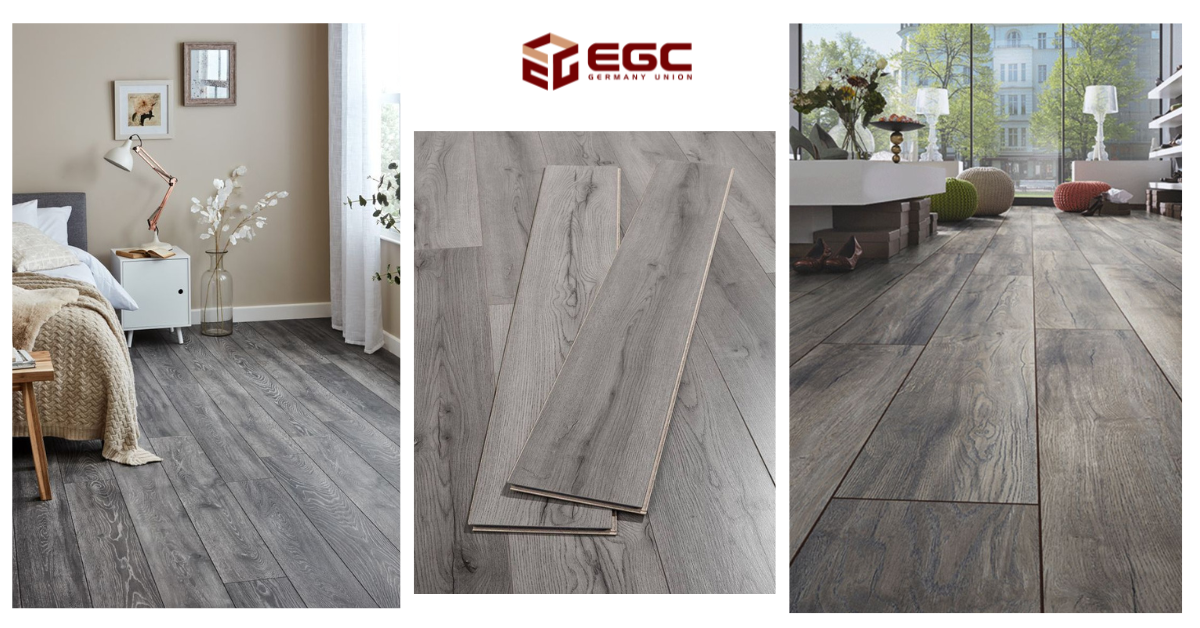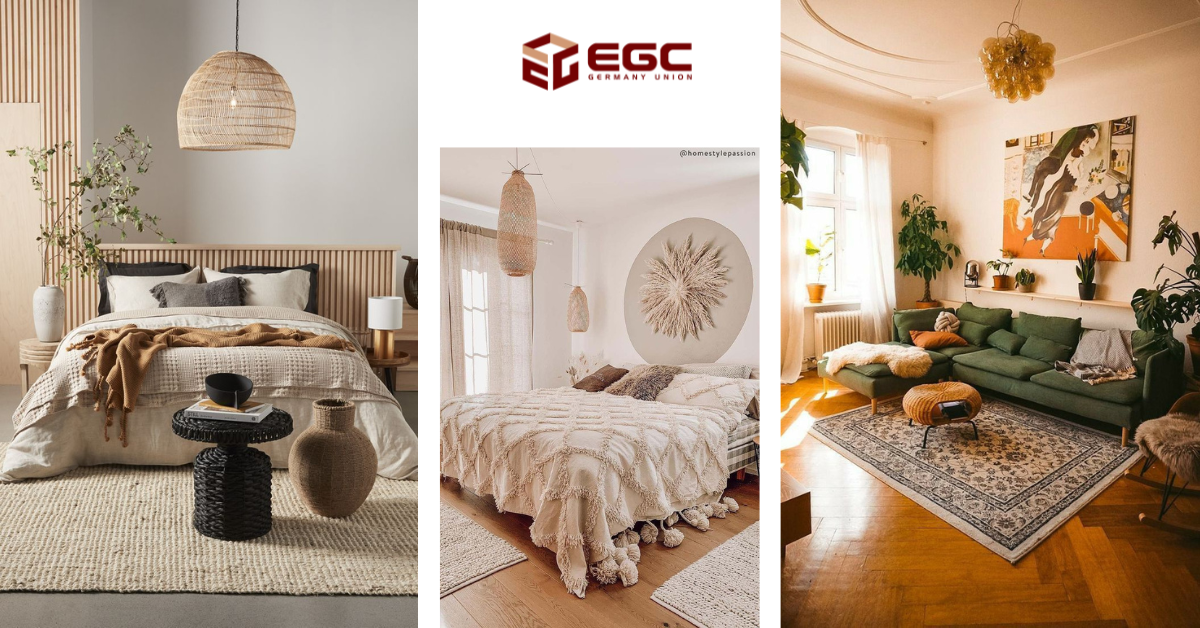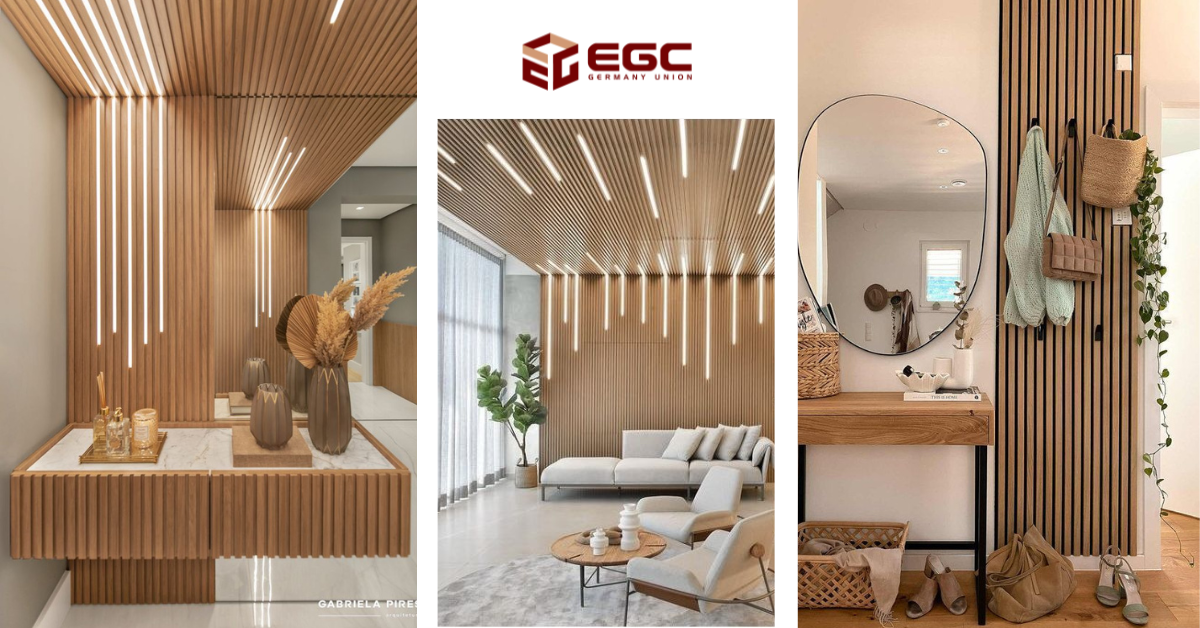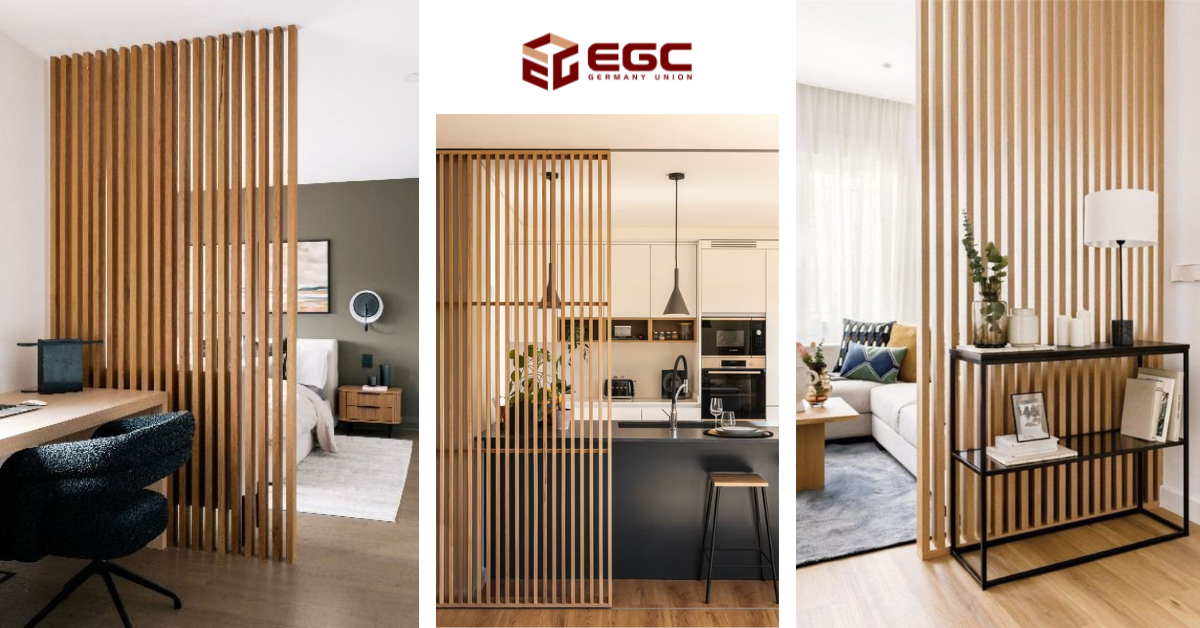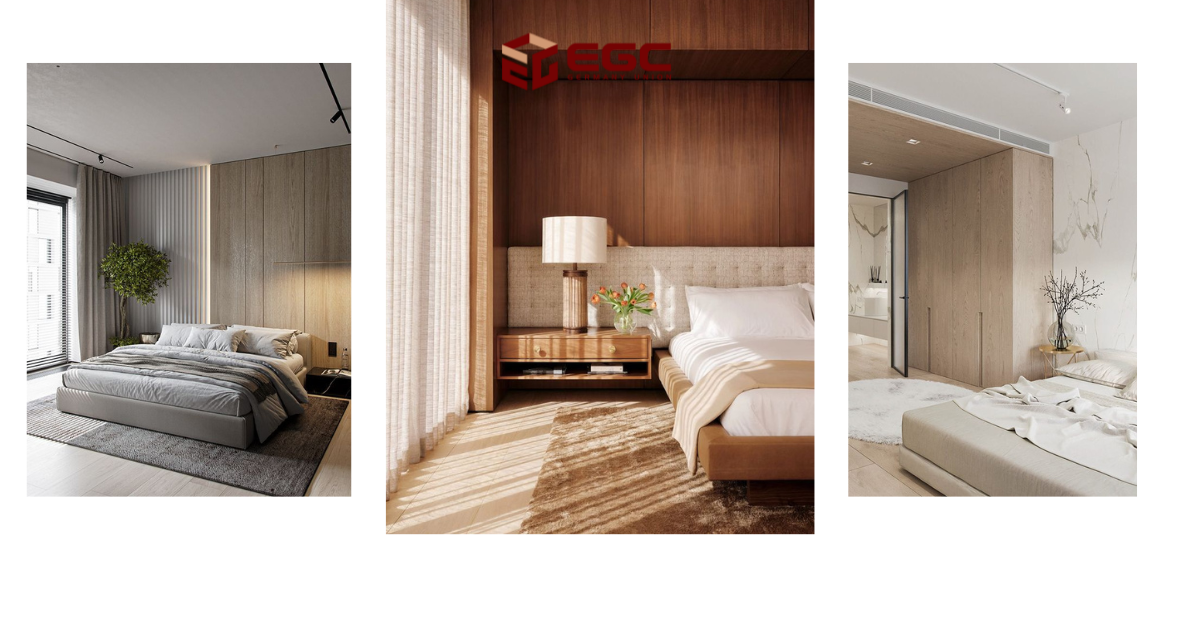Complete your décor with wall and ceiling panels.
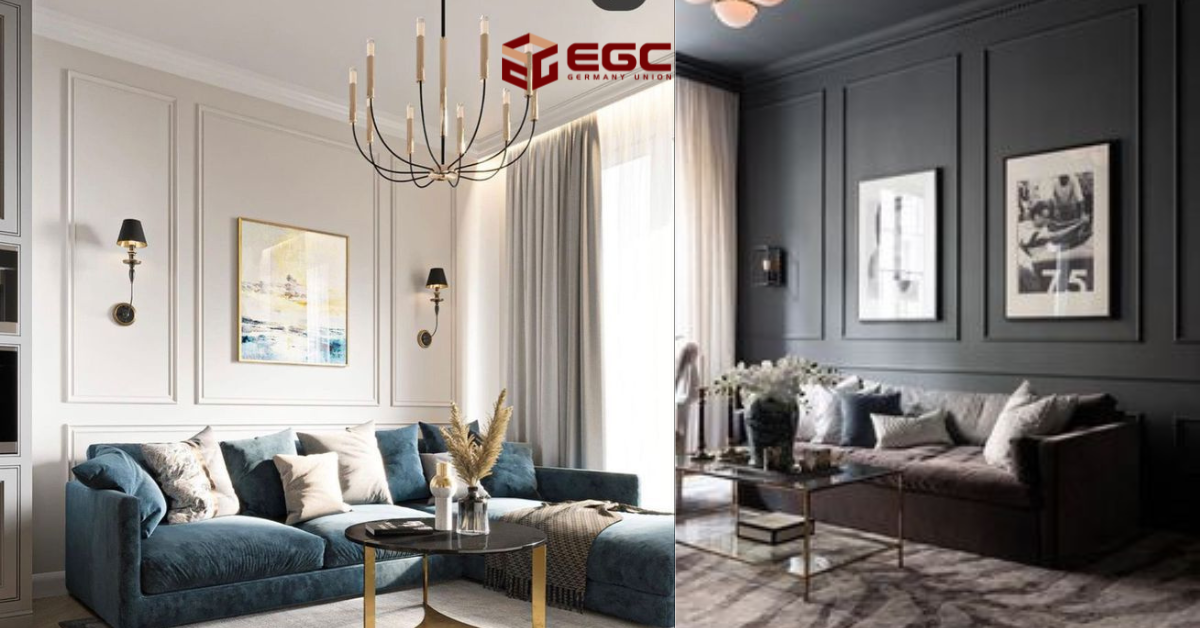
Decorating ceilings and walls has always played a vital role in interior design, driven by the human desire to create beauty and harmony in their living spaces. One of the key decorative elements used in both modern and classic interiors is wall and ceiling panels, commonly known as moldings or cornices. Before exploring the best materials for these panels, let’s start by understanding what they are.
What Are Wall & Ceiling Panels (Cornices)?
Wall and ceiling panels, also known as crown moldings, are decorative elements used where walls meet ceilings. They are essential for adding charm and architectural detail to any room. Their main roles include:
- Adding elegance and a traditional touch: Moldings transform plain walls into elegant, classic features.
- Highlighting architectural details: They add depth and sophistication to rooms.
- Covering imperfections: Perfect for hiding cracks or seams between the ceiling and wall.
- Creating visual height: They draw the eye upward, making ceilings appear higher and rooms more spacious.
- Matching various design styles: Available in a wide variety of styles to fit both classic and modern décor.
History of Use
Crown moldings have been used since ancient times:
- Ancient Egypt: Featured prominently in temples and palaces for aesthetic and symbolic reasons.
- Greek and Roman civilizations: Employed in classical architecture to decorate columns and ceilings.
- European Renaissance: Widely used in palaces and churches, adding grandeur and fine detail.
Over the centuries, the design and materials of panels have evolved to suit changing tastes and construction methods.
Common Panel Materials
- Wood: A traditional choice made from oak, maple, pine, and others. Can be carved and detailed for elegance.
- Polyurethane: Lightweight, moisture-resistant, and durable. Easy to install with a variety of design options.
- Polystyrene: Lightweight and easy to cut. Can be painted and is budget-friendly.
- Plaster: Used for classic, ornate styles. Offers a timeless, refined look.
- Other materials: Including PVC, fiberglass, and aluminum for specific use cases.
PVC Moldings by EGC
EGC offers high-quality PVC (Polyvinyl Chloride) moldings with several advantages:
- Moisture-resistant: Ideal for kitchens and bathrooms.
- Easy installation: Lightweight and easily cut with simple tools.
- Corrosion-proof: Durable and resistant to rust or degradation.
- Low maintenance: Simple cleaning with standard household products.
- Diverse designs: Available in a variety of colors and finishes to suit different styles.
- Affordable: Offers a cost-effective alternative to wood or plaster without compromising on visual appeal.
In Summary
Wall and ceiling panels—especially those made of PVC by EGC—are not only aesthetic elements but also functional solutions that elevate the overall interior design. They cover imperfections, enhance visual space, and contribute to a polished and artistic environment. Whether you’re going for classic elegance or a modern edge, moldings remain a timeless decorative choice.
